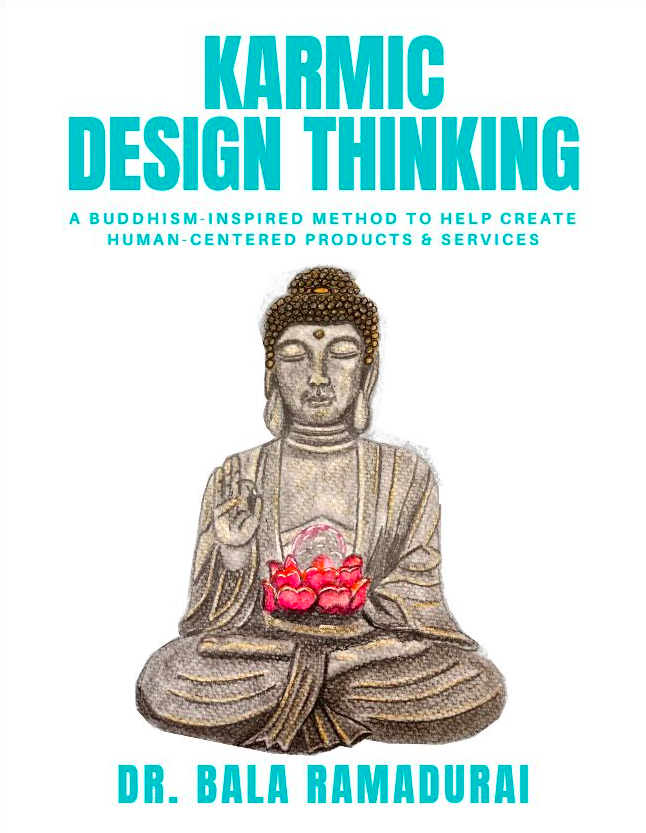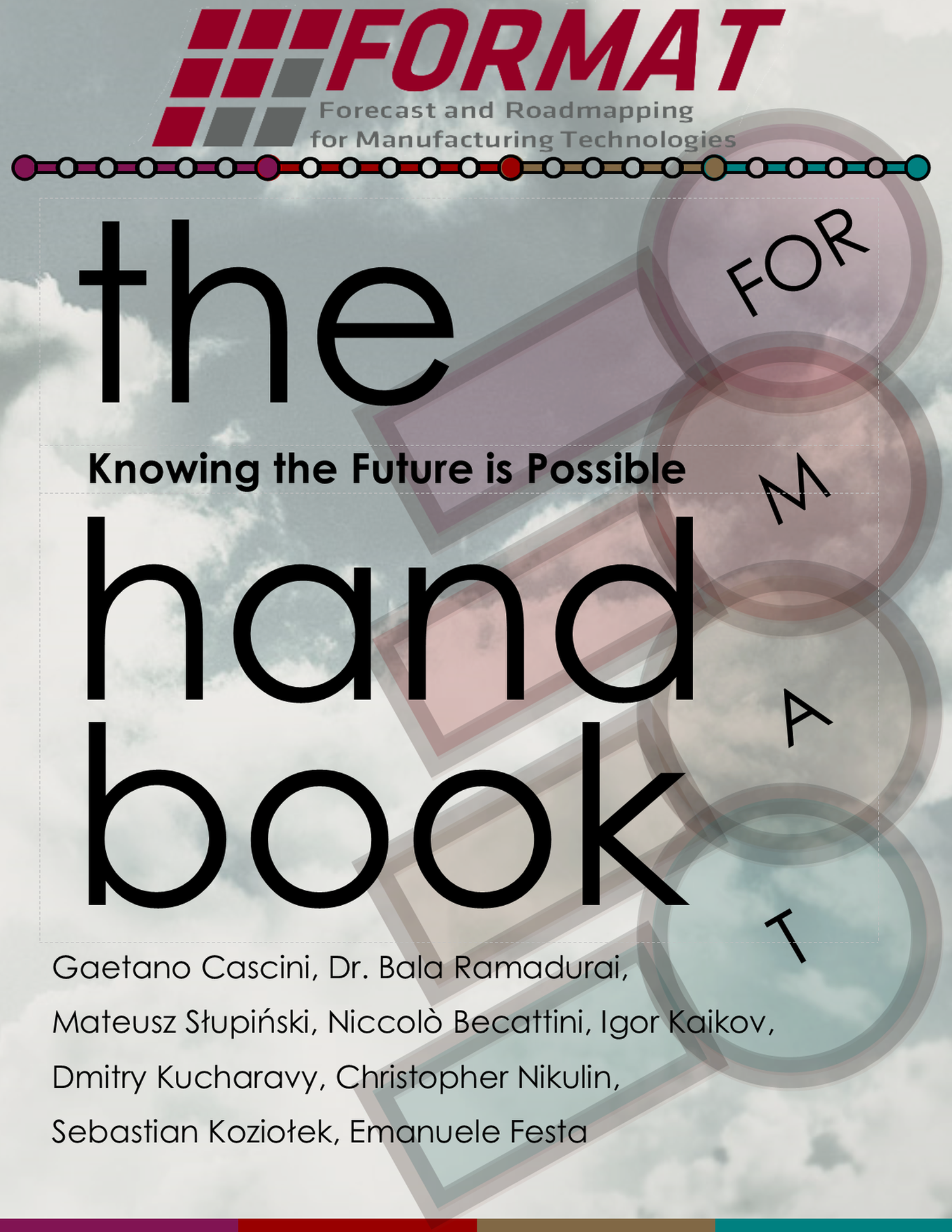2017-08-02
The fuel levels plummeted to the lowest possible level. In this near suicidal mission, Cooper lost a few members of his own team. He hadn’t aged a day while his daughter and son were older, much older than him. Physically that is. He had just been betrayed by a hero, Dr. Mann. A hero from an older mission. The betrayal had cost them parts of their mother ship, the Endurance. The cargo they carried (the human embryo stack), heated up because of the unfortunate incident with Dr. Mann. What was Cooper going to do?
It was no time for caution.

He had to take action to save himself, to save his mission, his species. It was entirely up to him now. He had a few resources at hand.
- His skill as a pilot
- A scientist (Dr. Brand) who could temper his crazy ideas
- A faithful and whimsical robot, TARS
- A ranger and a couple of landers which still worked and had some fuel left in them
- Supplies to last two of them for a few years.
Cooper hoped that his fellow earthmen were still alive and that they needed help from him.
I am, of course, referring to Christopher Nolan’s Interstellar which made gravitational waves a few years ago.
Innovation - The mother ship, Endurance
Innovation journey in a company is not too different from Cooper’s situation. Let’s go back to the basics of innovation.
Innovation consists of five stages:
- Determining the unsatisfied needs of customer and translating these needs to customer requirements
- Creating new knowledge by solving conflicts due to customer requirements and business/technical limitations
- Sharing and managing newly created knowledge in the company
- Tracking progress of technology
- Building an ecosystem of innovation using Stages 3 and 4
The key to the success of the five stages is the seamless integration of these stages and efficient transactions between players in these stages. (The docking from my movie metaphor)
Scope for Improvement - Aftermath of Dr. Mann
Traditionally, needs are communicated by the customer by word of mouth or surveys. Then the customer passes some of the requirements to the problem solver. The problem solver generates solutions based on prior experience. Management relies on past history to keep the pipeline of products sustained.
However, in each of these stages, there is room for improvement.
- Mining inferred needs of customer and predicting customer requirements
- Solving problems efficiently and systematically
- Creating new knowledge and sharing knowledge across the organization
- Forecasting technologies reliably
- Creating company-wide ecosystem conducive to innovation
How can the Process of Innovation be Improved? - No time for caution
These improvements can be achieved by using:
- Design Thinking - Put yourself in the shoes of the customer
- TRIZ - Solve problems using the patterns of the world’s best inventions
- Knowledge Management (KM) - Choose tools to keep the work force well informed
- Technology forecasting (TF) - Help decision-makers make better decisions on the future of technology
- Intrapreneurship and Innovation contests - Bring out the best innovations of the organization
Alignment with Endurance
Cooper used his skill as a pilot and got his faithful robot, TARS, to work with him to execute his plan. Dr. Brand was his backup in case, he passed out. Of course, it was Dr. Brand who passed out, but he managed just fine. They managed to align themselves with their mothership, the Endurance.
Proposed Approach for Innovation at your organization
You can align yourselves with your organization, once you know what kind of ship you have.
Based on innovation potential, we can classify organizations into two types:
- Mature - Organizations with existing innovation processes and high value of intangible assets (you can look at your balance sheet for this)
- Startup - Organizations with minimal innovation processes and low value of intangible assets
The proposed approach for mature organizations will consist of:
- Technology Forecasting
- Innovation Contests and Intrapreneurship
- Problem Solving and Design Thinking
- KM Implementaton
The proposed approach for startup organizations will consist of:
- Problem Solving and Design Thinking
- KM Implementation
Approach for Mature Organizations: Steadfast Growth
This type of organization requires the following interventions to progress on a path of steadfast growth
- Technology Forecasting: Application of FORMAT methodology, a stage-gate European Union-based framework using quantitative and qualitative methods for facilitating decision making in technology
- Innovation Contests: A ground-up contest for showcasing and socializing incremental and leapfrog innovations from within the organization
- Intrapreneurship: A top-to-bottom initiative with clear and crisp business goals for creating ventures within the organization
- Focussed systematic problem-solving: Employees use the algorithm of invention to define and solve challenges either for the innovation contests or for the intrapreneurship initiative.
- Design Thinking: A customer-centric approach to fuel the innovation contests. This program can be in conjunction with the problem solving sessions.
- KM for Innovation Implementation: Formation of a self-organized innovation community of passionate innovators of the company to share stories of innovation. An intranet-based portal can support the community activities.
Approach for Startup Organizations: Hero’s Journey
This type of organization requires the following basic innovation infrastructure to serve as a slingshot to the innovation orbit
- Launch Innovation: Highly motivated employees will be selected based on a simple writeup from them. The employees will go through a two or three day TRIZ Innovation workshop to address challenges that the management considers to be critical. The solution proposals will be presented to the stakeholders.
- Replicate Innovation: After the successful case studies from Stage 1 are encapsulated as stories for others to read, understand and get inspired, a new group of employees from other verticals and sections will be selected (selection process similar to Stage 1). Another set of two or three day TRIZ Innovation workshops will be conducted to address critical challenges from their verticals.
- KM for Innovation Implementation: Alumni of the workshops become champions of a self-organized community sharing stories of innovation. An intranet based portal can support the community activities.
- Focus on Customer: Employees and customers/customer facing teams work together on determining unsatisfied and unsaid needs from customers and their customers through the process of design thinking.
- Scale up: The organization announces a recurring innovation contest with tight relationship to business goals.
Slingshot around Gargantua

Cooper made sure that all was well in the Endurance apart from the damage caused by Dr. Mann. He looked around for some strong resources to make up for the loss of fuel in his church organ blaring docking manoeuver (Sorry Hans, I really loved your music effects, this was just for humour, please pardon me :)).
Slingshot for Innovation
Once your people, business vision and processes are in place, the next logical move is to use the slingshot effect.
Can you as organization put forward this plan and use trends in your industry to use the slingshot effect to attain the momentum you have been craving?
Enjoy time for caution scene from YouTube (I am not responsible for any possible copyright violation on the uploader’s part :))
Source for the Gargantua image-http://i.vimeocdn.com/video/503304052_1280x720.jpg
Source for the planet slingshot image-https://www.jpl.nasa.gov/edu/images/news/ring_orbits_diagram.jpg






